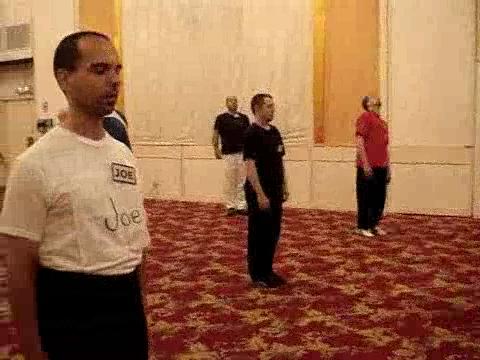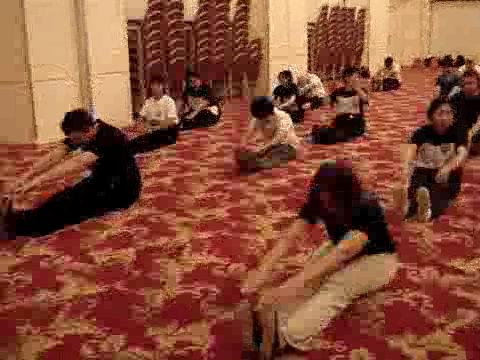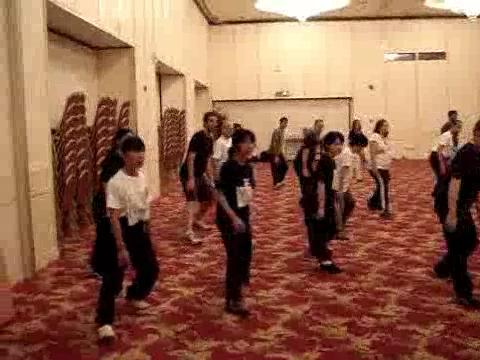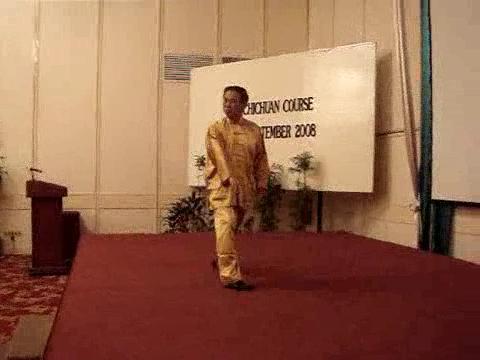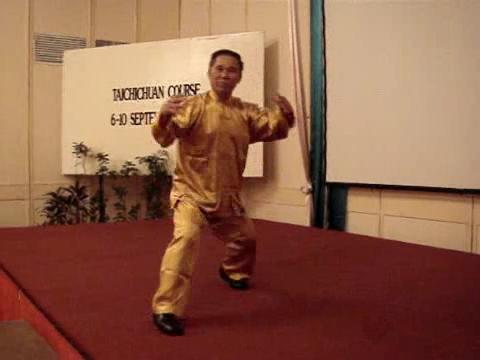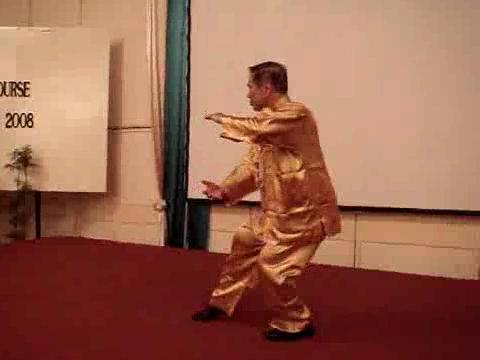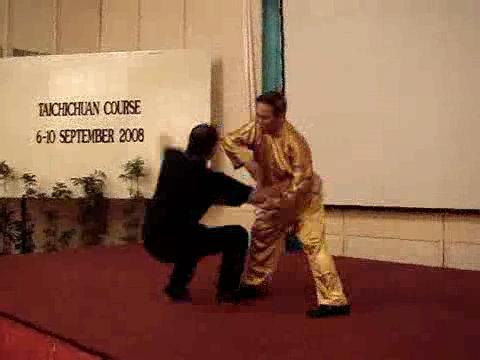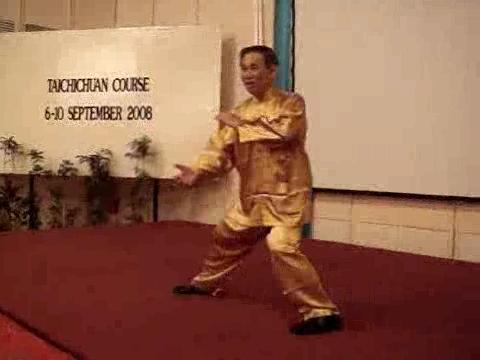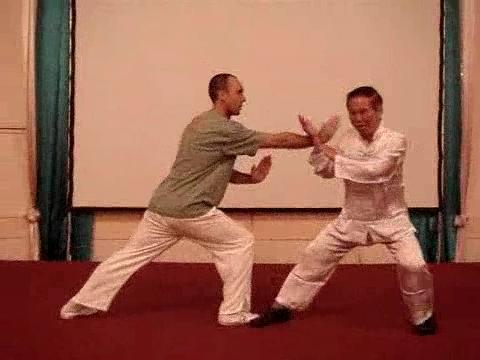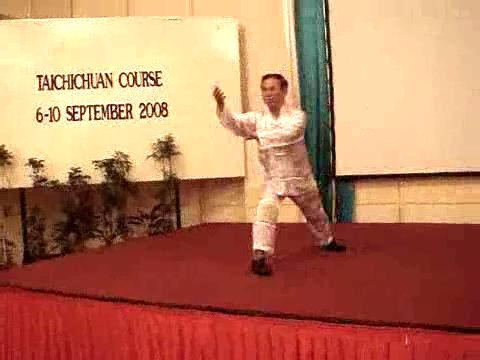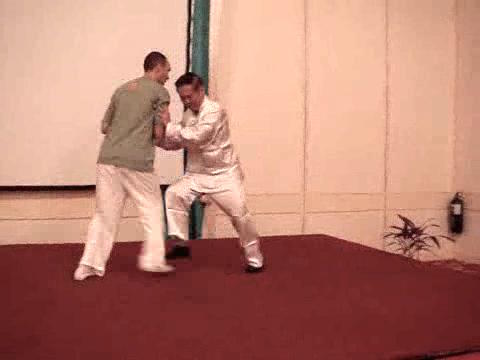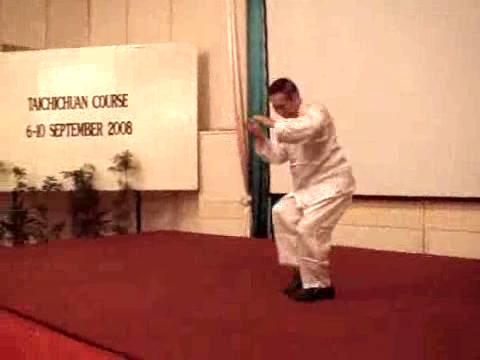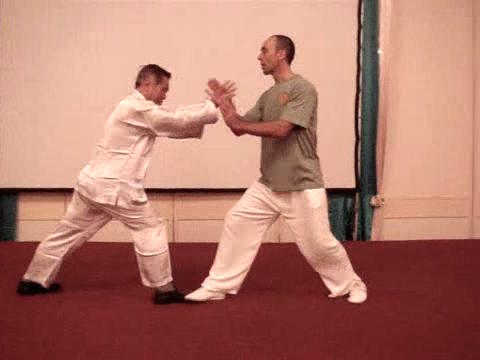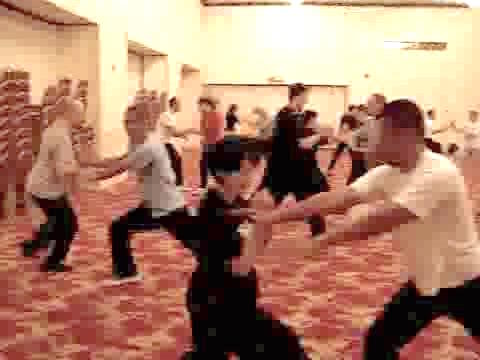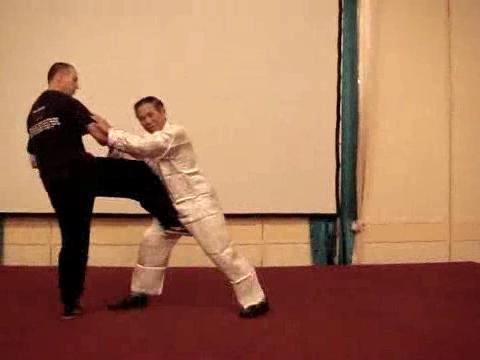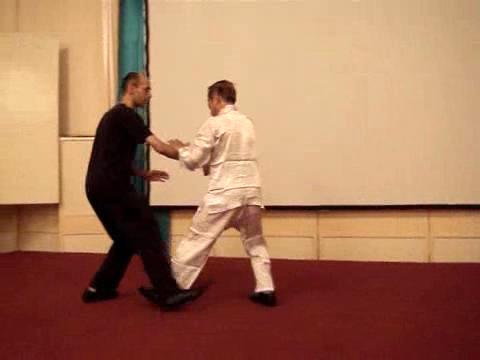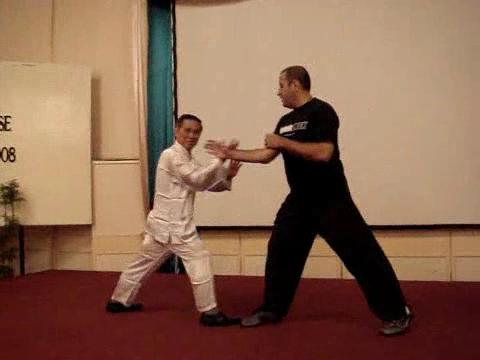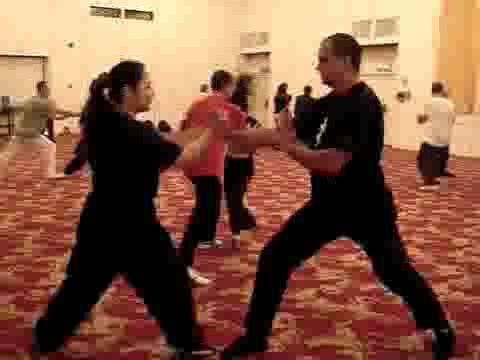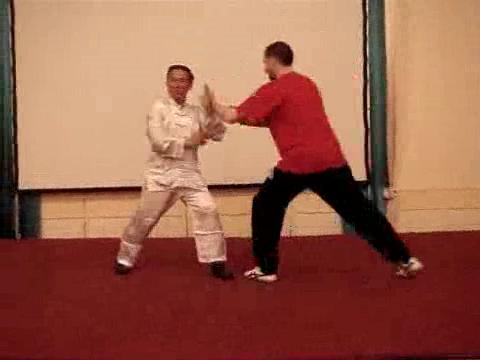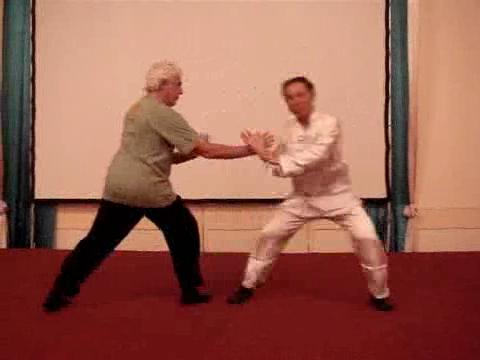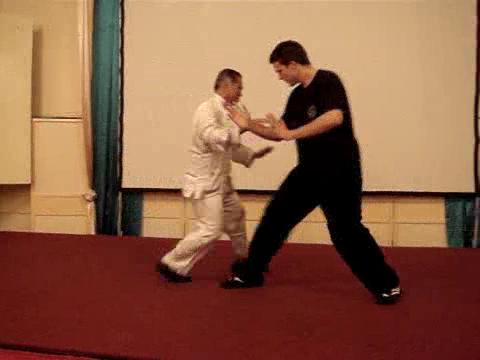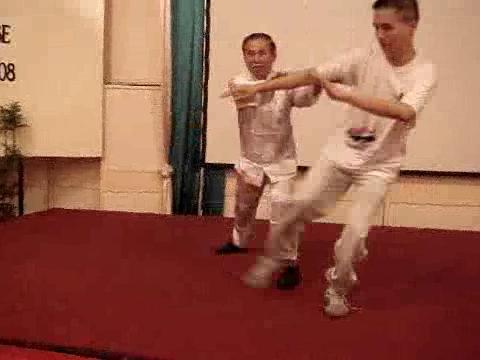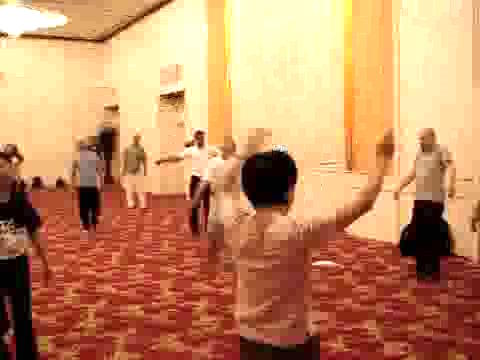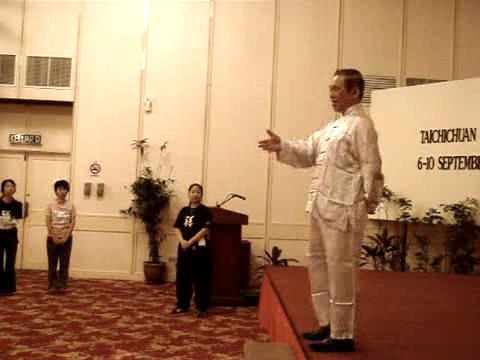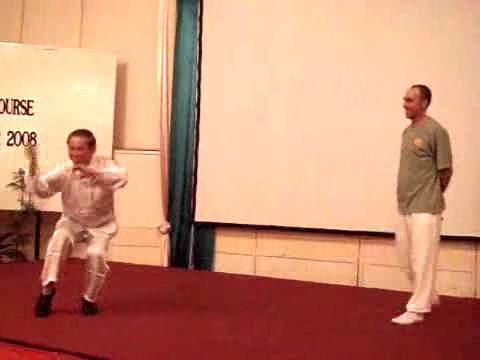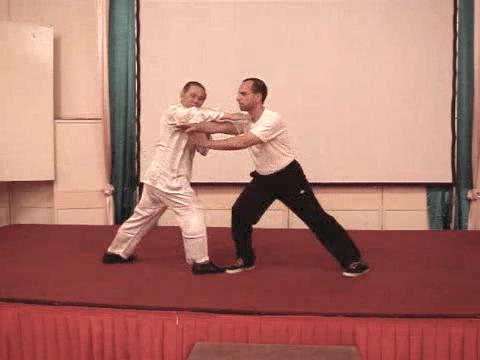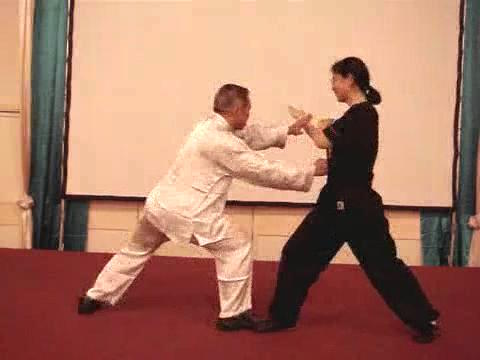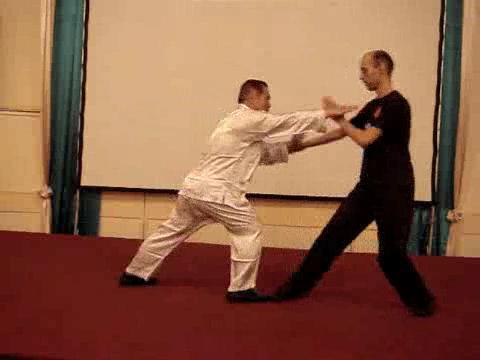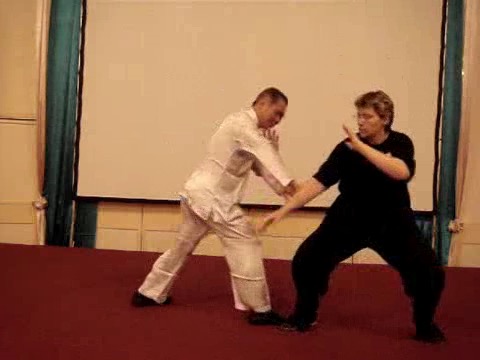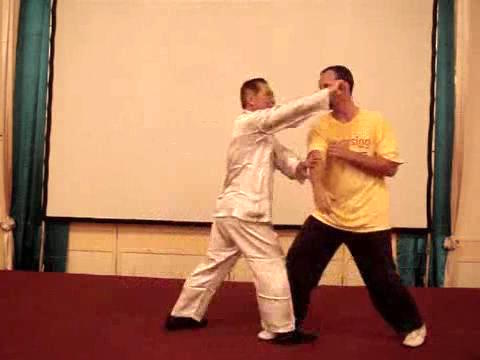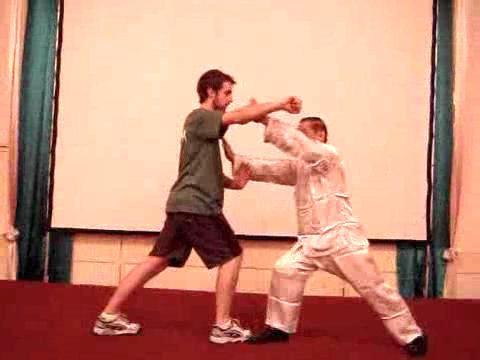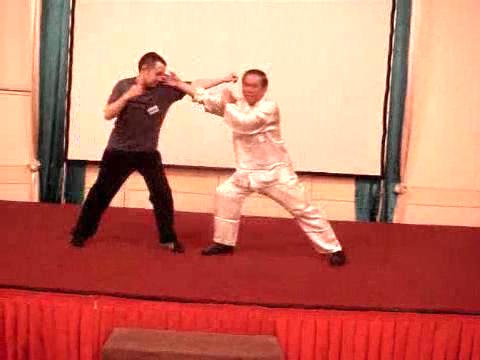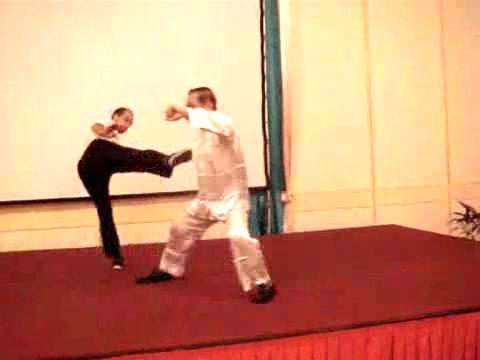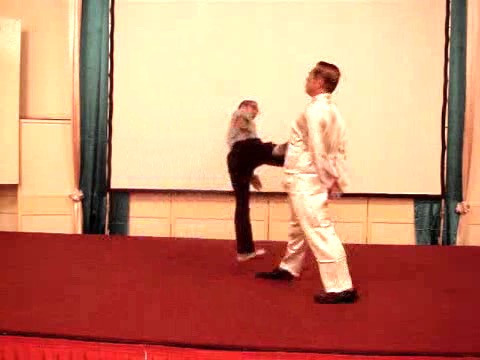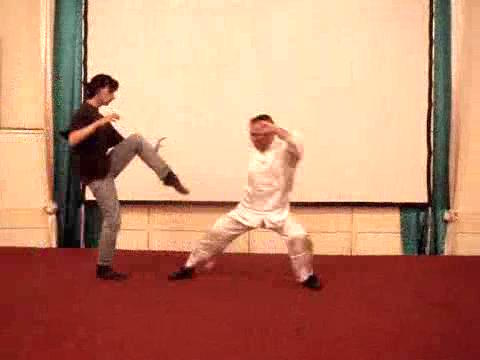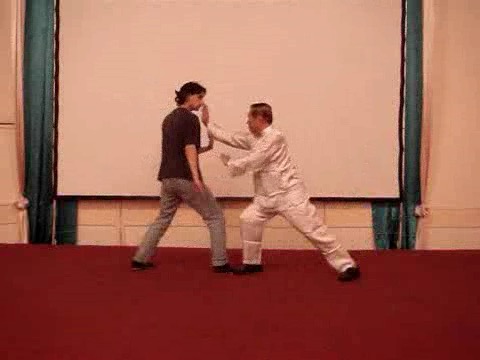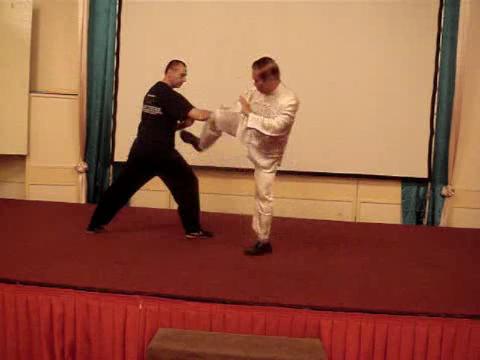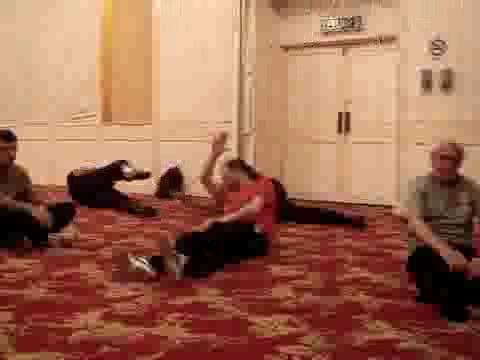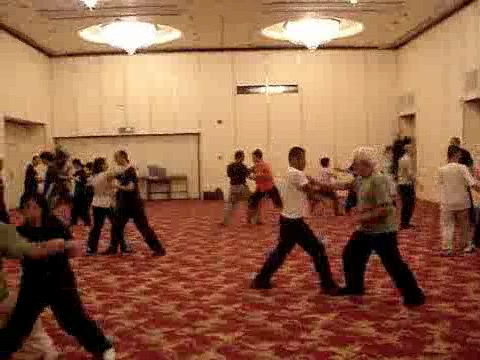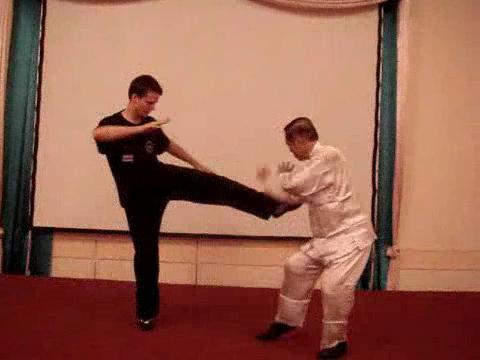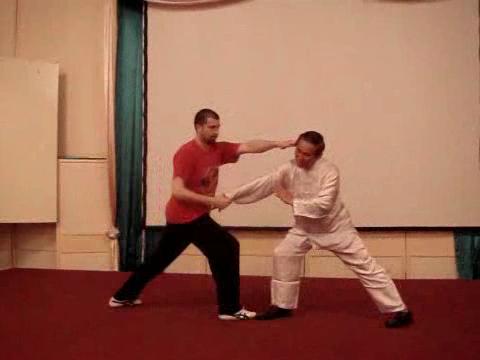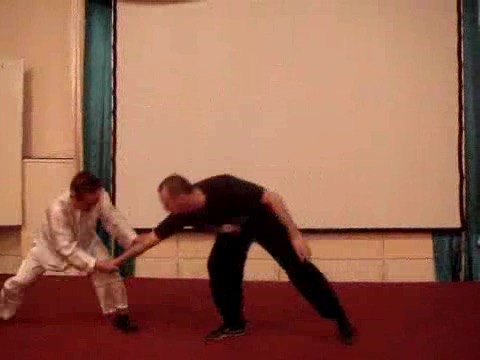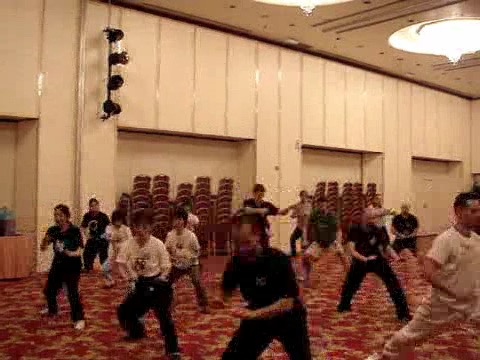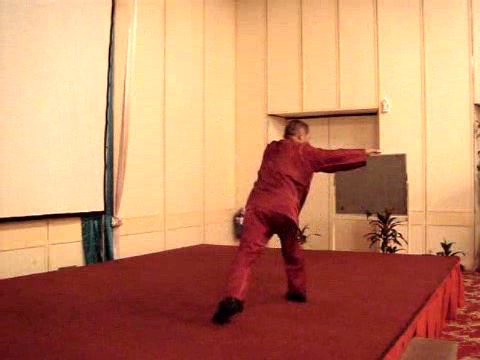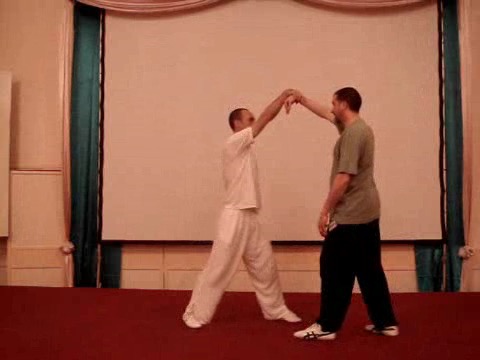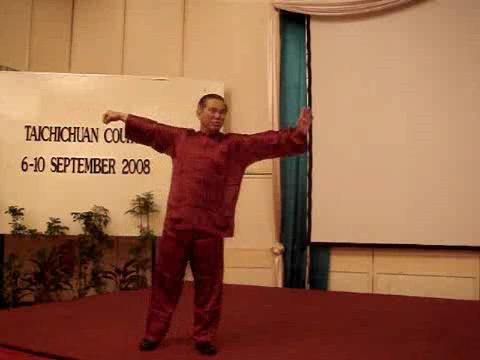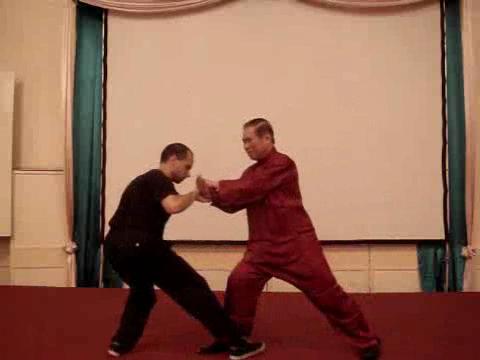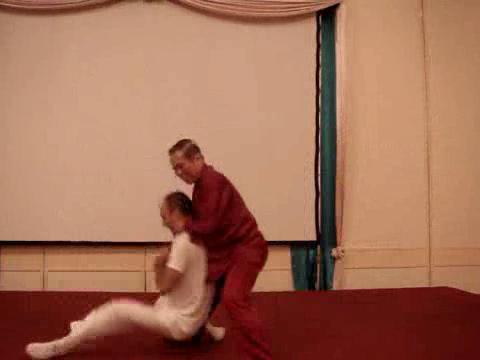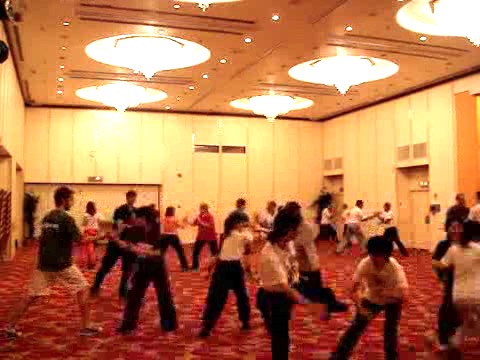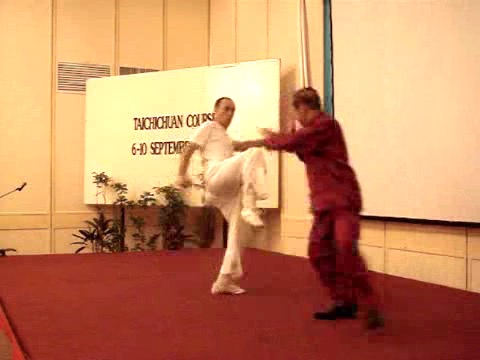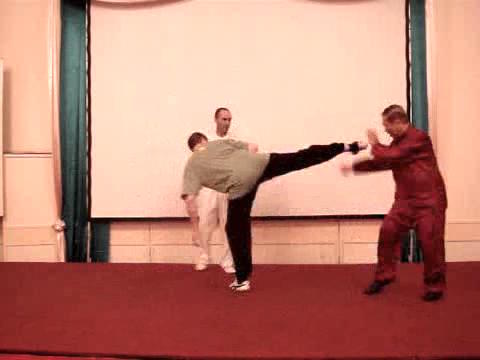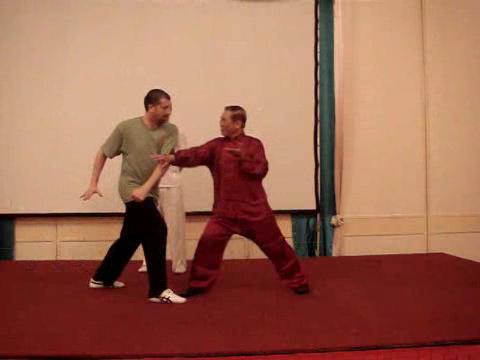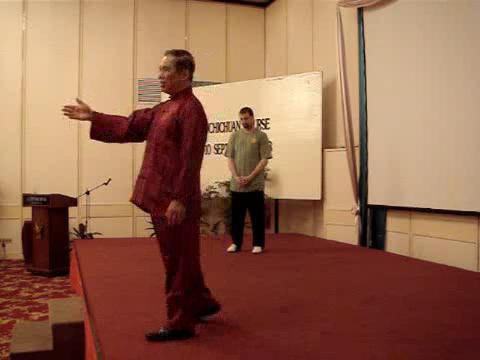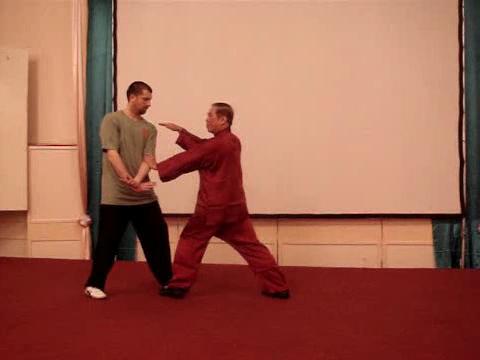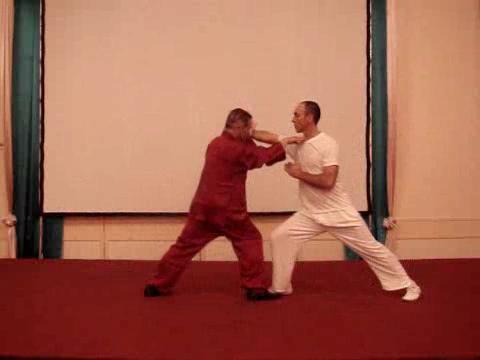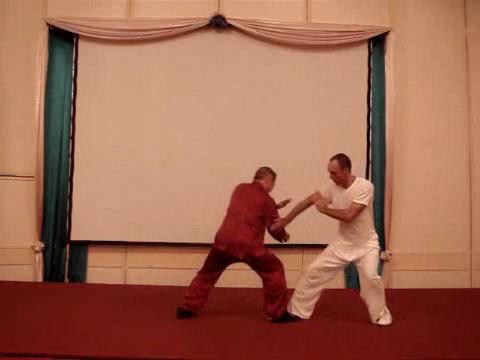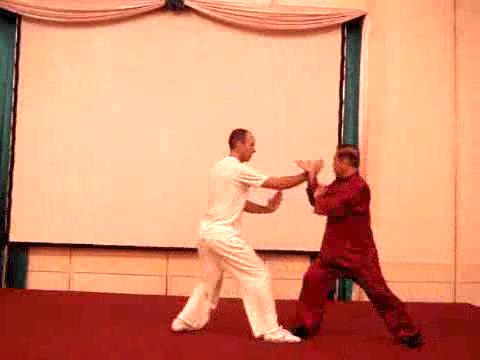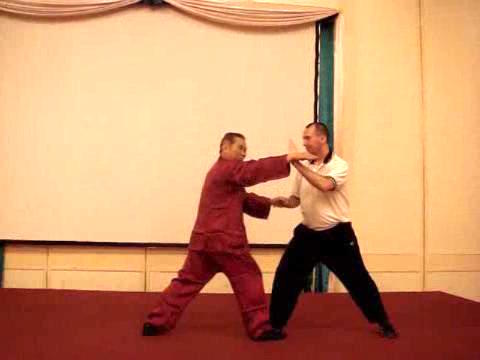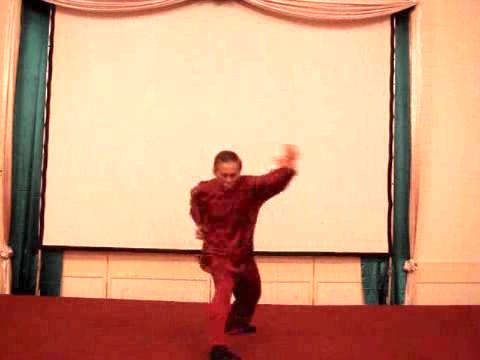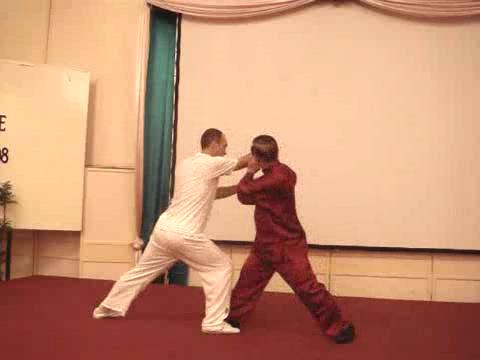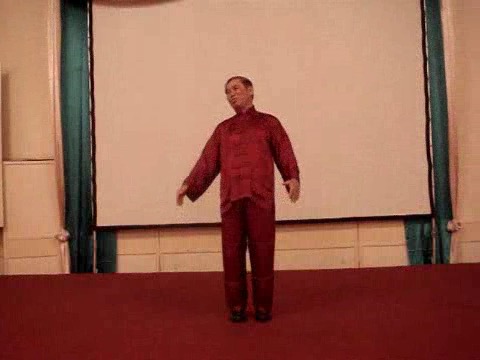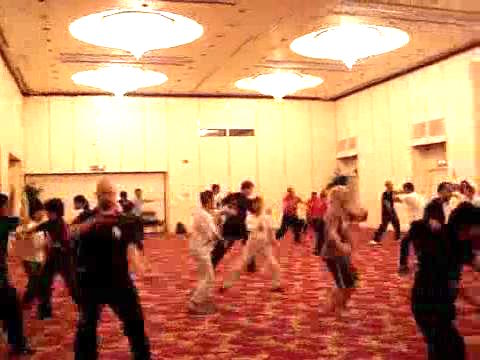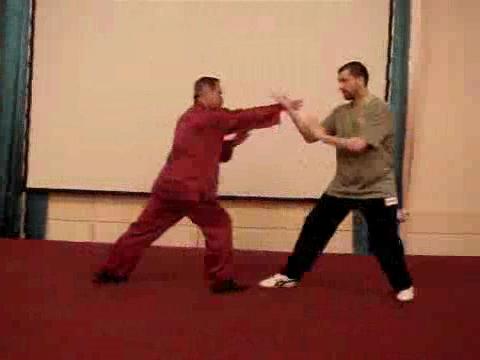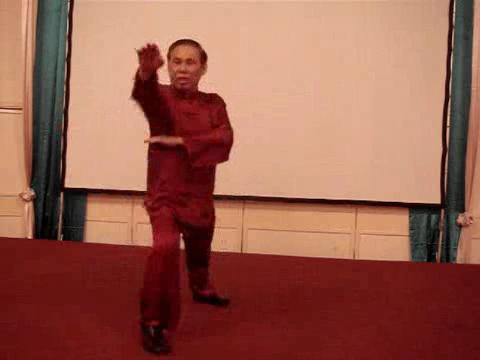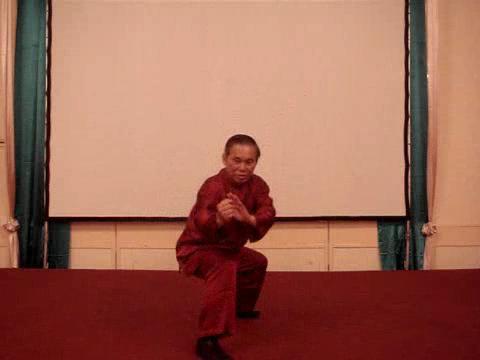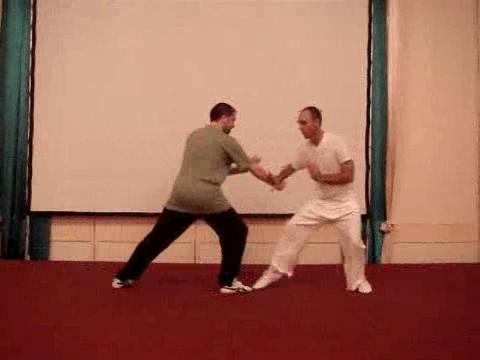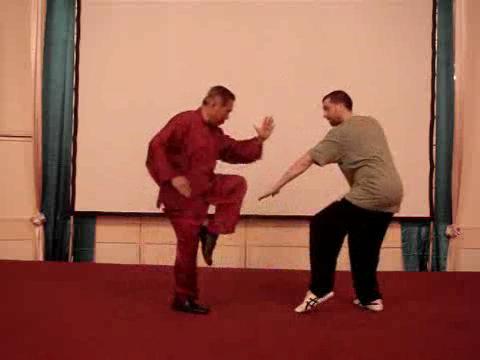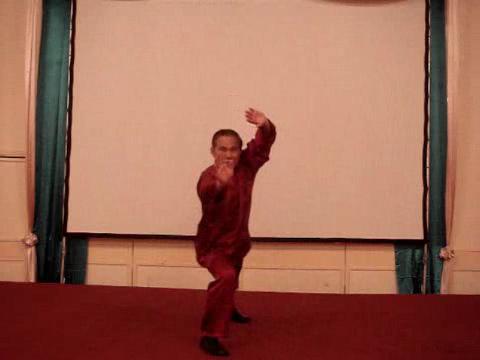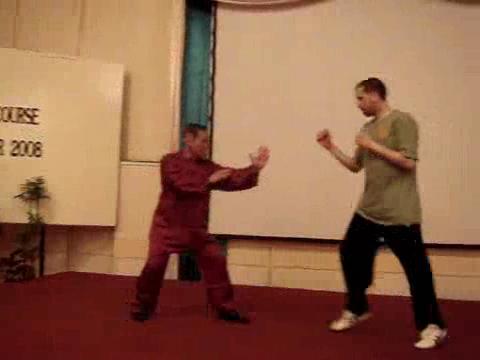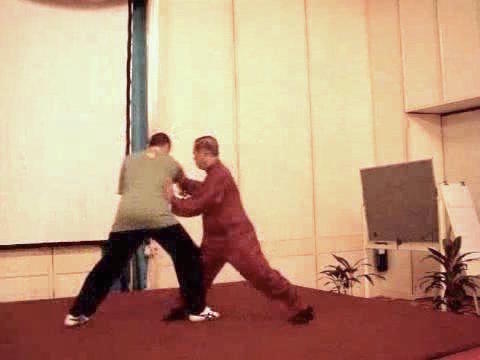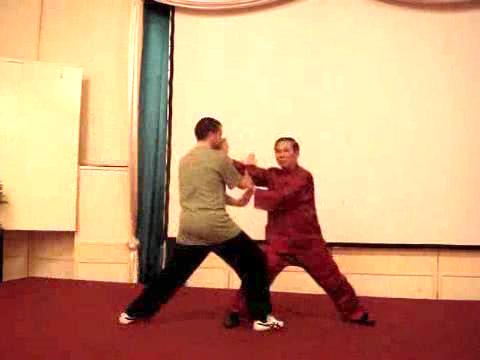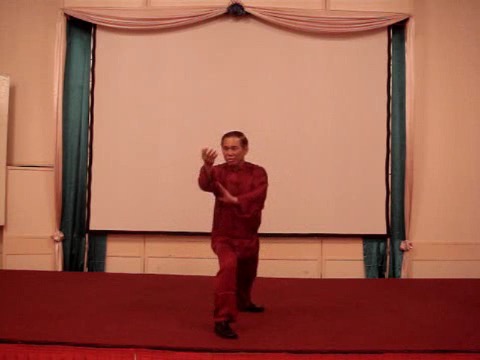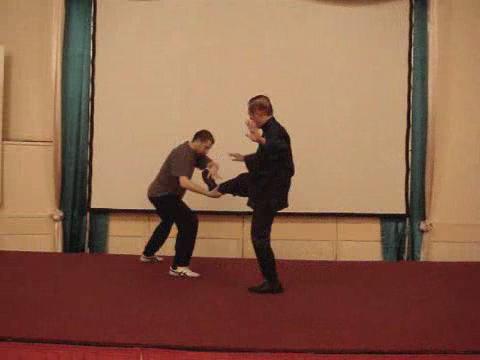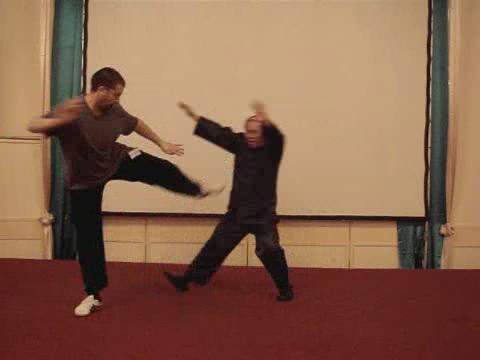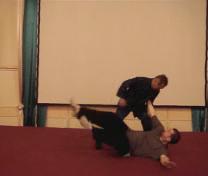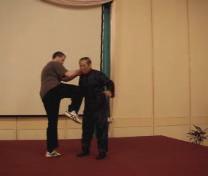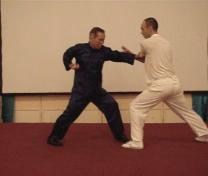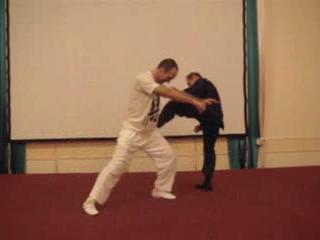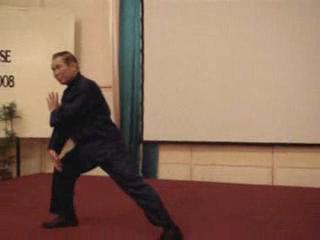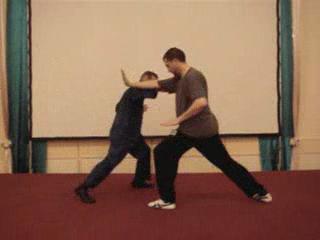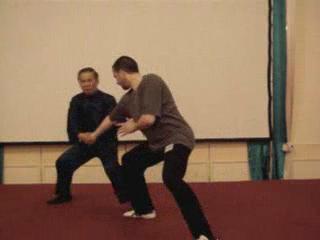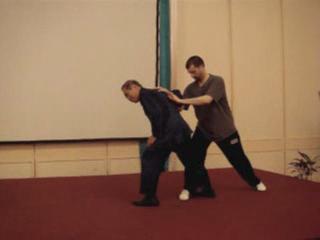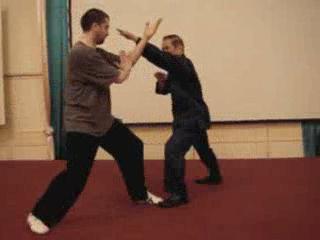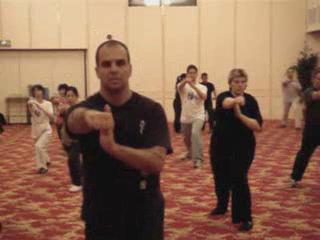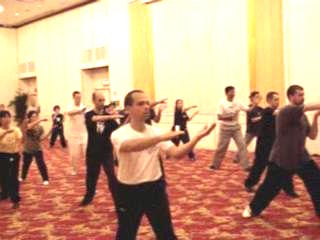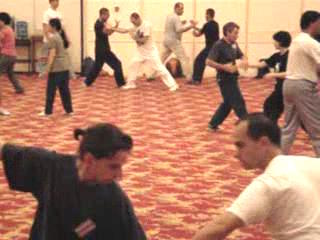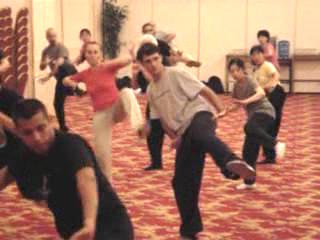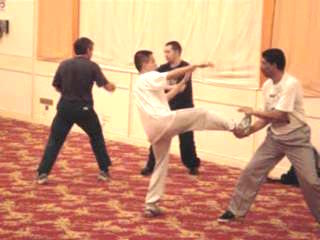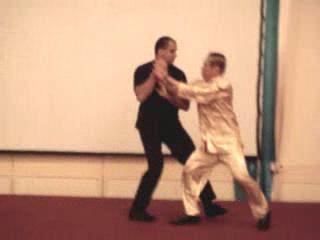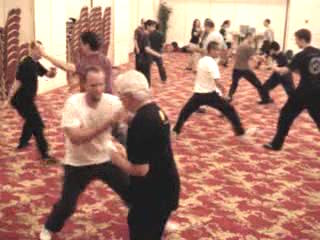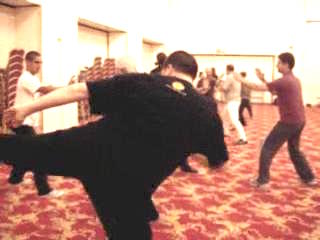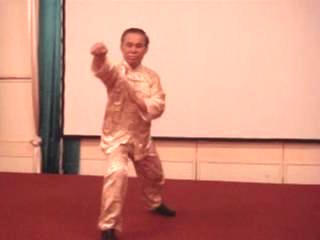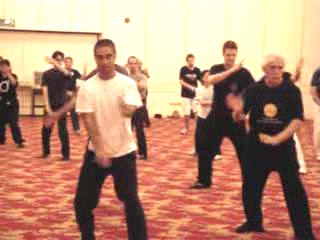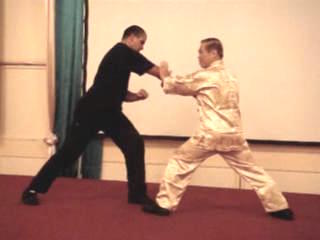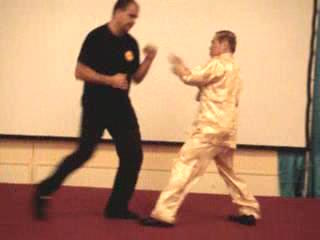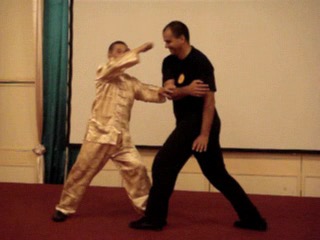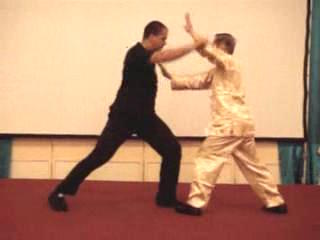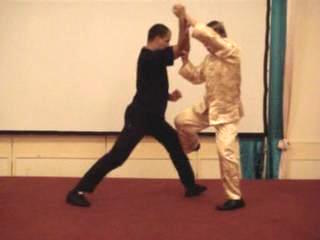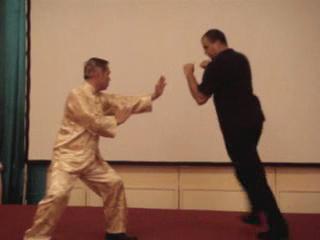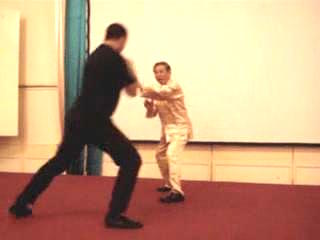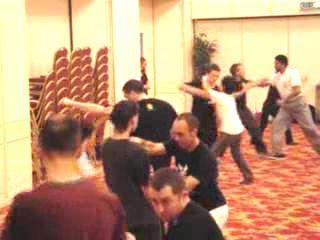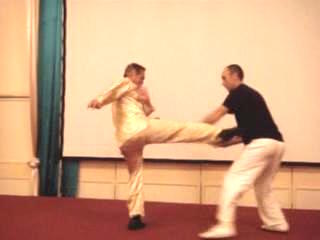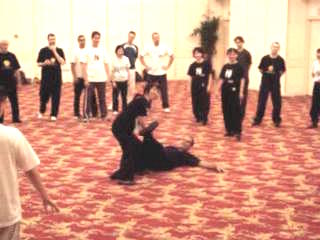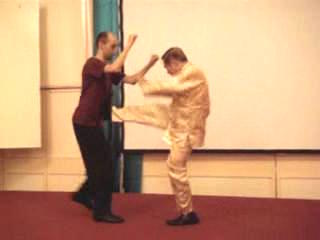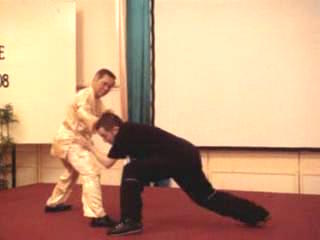SECRETS OF THE INTERNAL FORCE MASTERS
OVERVIEW
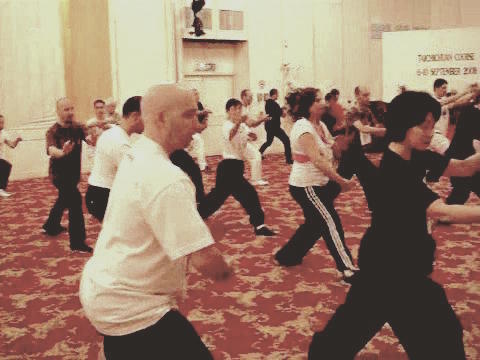
Course participants enjoy a solo form practice that bring many benefits like ensuring correct form and flow, attaining a one-pointed mind, and expanding the spirit
The Intensive Taijiquan Course in Penang, Malaysia from 5th to 11th September 2008 was a historic one. Participants ranged from beginners to masters. From stances and footwork, participants progressed to combat application and spiritual cultivation.
- The Most Important Lessons in Wahnam Taijiquan
- The Art of Flexibility
- Reliving Taijiquan Footwork Principles of Past Masters
- From Moving Slowly and Gracefully to Moving Fast and Spontaneously
- There is More in Changing Directions than What Most People Think
- The Importance of Waist Rotation in Taijiquan
- Applying Waist Rotation to Realize Using Minimum Force against Maximum Strength
- From Tao to Cloud Hands to Grasping Sparrow's Tail
- Solo Form Practice is Not Just to Please Spectators
- Developing Skills in Stationary Pushing Hands
- The Six Harmonies of Hands, Body, Feet, Essence, Energy and Spirit
- Basic Principles and Safety Precautions in Pushing Hands
- How to Have Leverage Advantage in Pushing Hands
- The Standard Mode and the Advanced Mode of Rolling Back
- Age, Size and Sex and Not Decisive Factors in Pushing Hands
- Ensuring your Safety First when you Push or Execute any Attack
- Gaining a Tactical Advantage by Maneuvering your Opponent to use an Unfavoured Hand or Leg Mode
- Gaining a Tactical Advantage by Pushing or Attacking your Opponent from a Side
- You can Enjoy Pushing or Being Pushed Around Irrespective of Age, Sex and Size
- Defence against the Left and the Right Push
- How to Get to your Opponent?s Back and How to Neutralize it
- The Proactive Tactics of Continuous and Confusing Attacks
- The Reactive Tactics of Immediate Counter and Interception
- Pushing Hands Brings Many Benefits and a Lot of Fun
- Progressing to Striking Hands where Techniques are Applied for Combat
- Our Classes are Full of Fun and Laughter
- The Signature Taijiquan Tactic of Deflect cum Counter
- Useful Tactics for Taijiquan and for Daily Life
- Opening, Closing or Deflecting an Opponent's Attack while Countering
- Top, Middle and Low Strikes, and their Defences
- Correct Spacing and Adequate Closing in Yellow Bee
- Jade Girl is as Beautiful to Watch as it is for Combat
- Applying the Four Basic Hand Strikes and Counters to Play with a Boxer
- An Excellent Taijiquan Pattern against Kicks
- Spacing. Timing and Body-Movement in Striking Tiger Poise
- Striking Tiger Poise Against Any Kicks
- Striking an Opponent Before he has Recovered from Previous Movement
- Important Principles in Executing Kicks and in Countering Them
- Learning How to Fell an Opponent as well as How to Fall Safely
- It is Delightful to See Dainty Ladies Throwing Hefty Men!
- A Technique to Counter Any Throws, and a Technique to Counter Any Kicks!
- A Formidable Chin-Na Attack and its Defence
- Single Hand Grips and Double Hand Grips in Chin-Na Attacks
- The Marvels of Lifting Water and Grasping Sparrow's Tail
- The Mechanics of Fa-Jing using Single Whip
- What Functions does the Hook Hand Serve
- Acting as Anchorage and Striking at Vital Points
- Grasping Sparrow's Tail and Different Types of Force
- Black Bear to Fell Opponents and to Counter All Throw
- From One-Step Sparring to Sequence Sparring to Free Sparring
- Free Sparring but Hits are Controlled
- Applying Taijiquan against Street Fighters
- Handling the Charges and Kicks of Street Fighters
- Poise Patterns and Four Modes of Preparation
- Asking the Way and Three Arrivals
- White Snake in Continuous Attacks
- Defence-cum-Counter and other Tactics
- Do you Know Why Taijiquan is often Performed Slowly?
- What should you do When your Opponent Hesitates?
- Immortal Waves Sleeves in Three Different Speeds
- Some Important Lessons in Combat Sequence 2
- Fundamental Movements of Cloud Hands
- From Cloud Hands to Using Mind to Direct Form
- "Addition and Subtraction" in Sparring Methodology
- "White Snake Shoots Venom" as a Patterm a Sequence and a Set
- From Patterns to Sequences to Sets
- What would You do if You were Pressed to the Edge of a Cliff?
- Combat Sequence 5 - White Crane Flaps Wings
- Progression of Combat Sequences in Combat Application
- Making Good Use of our Technical Advantages
- Side-Step and Counter against Pressing Attack
- An Effective Response against Any Kicks
- Combat Application Set 2 - Green Dragon Shoots Pearl
- What would You Do if your Kicking leg is being Held?
- Effective Kicking Attacks and their Defences
- The Simplicity and Profundity of Black Bear Sinks Hips
- Counters against Muay Thai Knee Jabs
- Overwhelming your Opponents with Pressing Attacks
- Counters against Pressing Attacks
- The Mechanics of the Shoulder Strike
- Starting Later but Arriving Earlier
- Combat Sequence 11 - Cloud Hands
- Making Kungfu Alive with Fierce Dragon
- Combat Sequence 12 - Carry Tiger Back to Mountain
- Linking Sequences to Form a Set
- Learning a Set in Just One Day
- Applying Combat Sequences in Sparring
- Applying Kicks and Responding to Them in Taijiquan Sparring
- Taijiquan as an Internal Martial Art
- Continuous Attacks and their Counters
- Countering Opponents' Attacks at Various Points
- Kicking Attacks and their Counters
- Combat Application Set 3 - Black Bear Sinks Hips
- Combat Application Set 4 - Carry Tiger Back to Mountain
- How to Handle Boxers Competently
- The Important Roles of Footwork and Guard Hand
- The Effective Tactic of Close and Strike against Boxers
- Opening an Opponent with Jade Girl Threads Shuttle
- Countering Undercuts with White Monkey Bends Branch
- How to Handle a Boxer Bouncing Around You
- Effective Taijiquan Techniques against Boxing
- Limitation of Boxing Techniques for Real Fighting
- Taijiquan Techniques against Kick-Boxing
- Taijiquan Techniqes against Muay Thai
- Muay Thai Techniques in Taijiquan
- Countering the Shoot and Enjoying Free Sparring
LINKS

